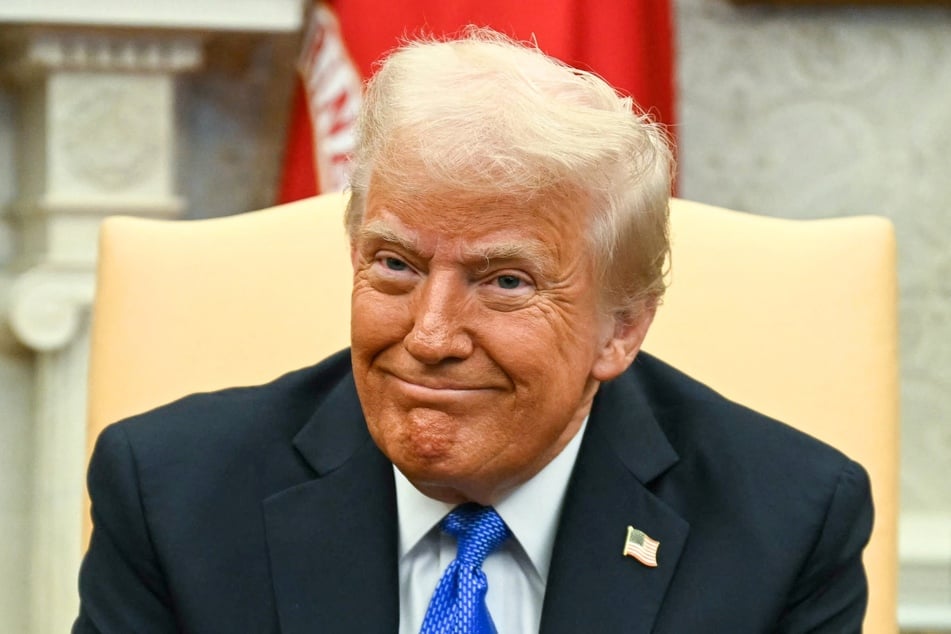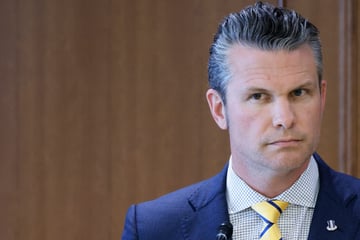Trump ready to open up latest front in tariff war: "Today is the big one!"
Washington DC - President Donald Trump announced that he would impose "reciprocal tariffs" on US trading partners on Thursday, opening new fronts in a trade war.

"Three great weeks, perhaps the best ever, but today is the big one: reciprocal tariffs!!! Make America great again!!!" Trump said in a Truth Social post.
The move would match the United States' tariff rates on imports to the levels that other countries impose on US goods.
The move comes after Trump promised on the campaign trail, "An eye for an eye, a tariff for a tariff, same exact amount."
Analysts have warned that reciprocal duties could bring a broad tariff hike to emerging market economies such as India and Thailand, which tend to have higher effective tariff rates on US goods.
Countries that have trade deals with Washington, such as South Korea, are believed to be less at risk.
According to a recent Nomura report, if India, for example, imposes a 25% tariff on US vehicles, Washington will respond with an equivalent levy on Indian imports.
"Trump's objective of implementing reciprocal tariffs is to ensure fair treatment for US exports, which could indirectly also address US trade imbalances with partner countries," the report reads.
Trump takes aim at tariff imbalances
Among Asian economies, India has a 9.5% weighted average effective tariff on US exports, while there is a 3% rate on India's exports to the US. Thailand has a 6.2% rate and China a 7.1% rate on US products.
The Cato Institute's Scott Lincicome told the AFP that poorer countries also impose tariffs as a tool for revenue and protection, since they have fewer resources to impose non-tariff barriers such as regulatory protectionism.
It remains unclear if Trump views reciprocal tariffs as an alternative to a universal tariff of between 10% and 20%, which he floated in the lead-up to last year's presidential election, or as a separate policy
Cover photo: JIM WATSON / AFP
